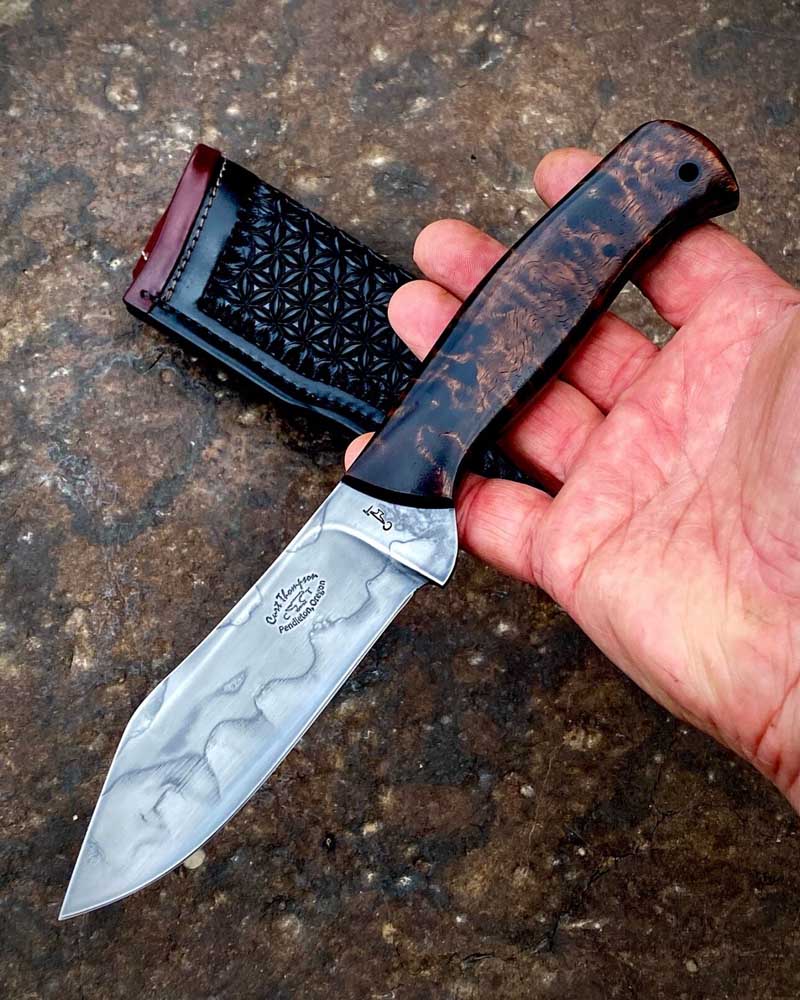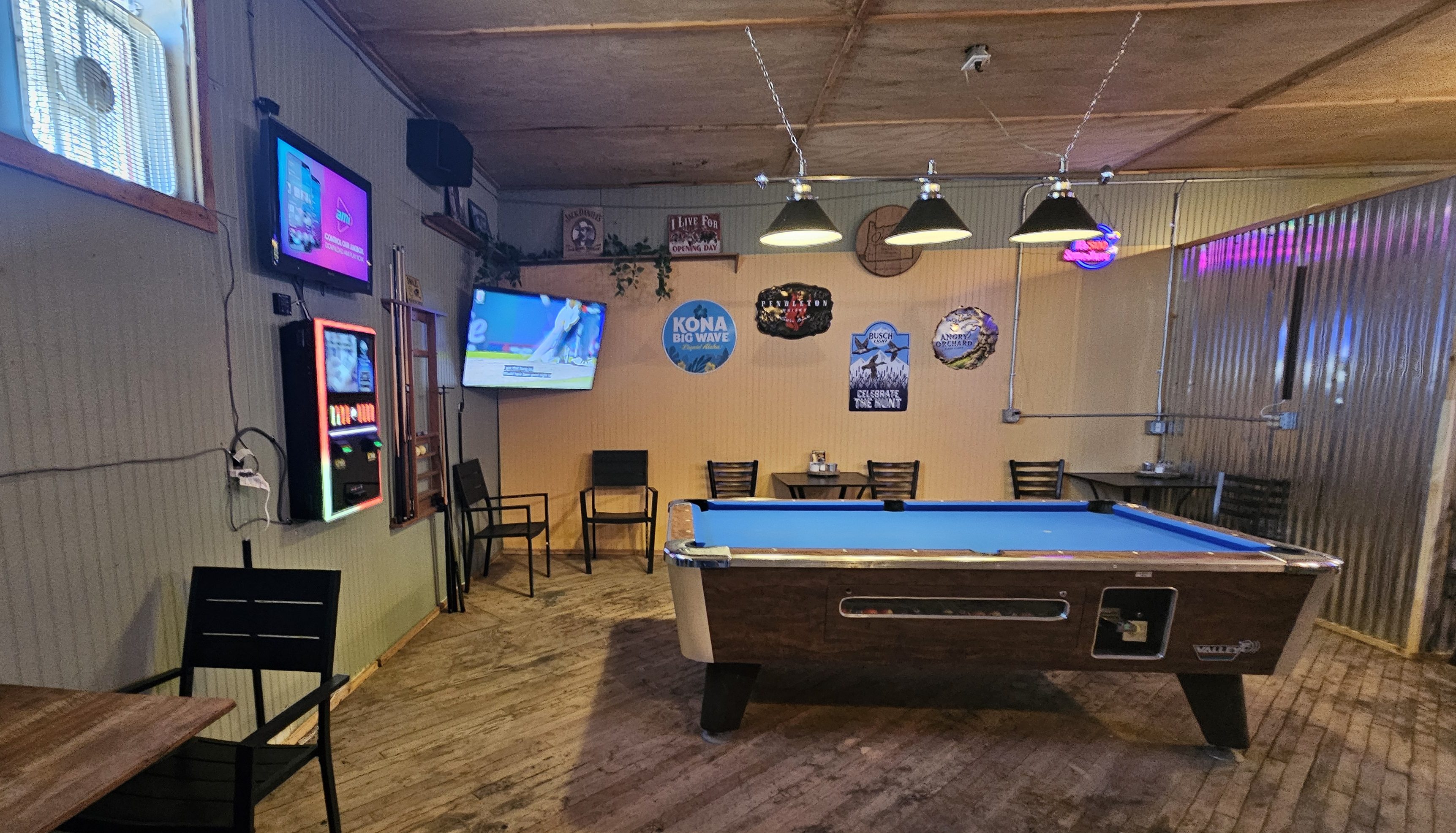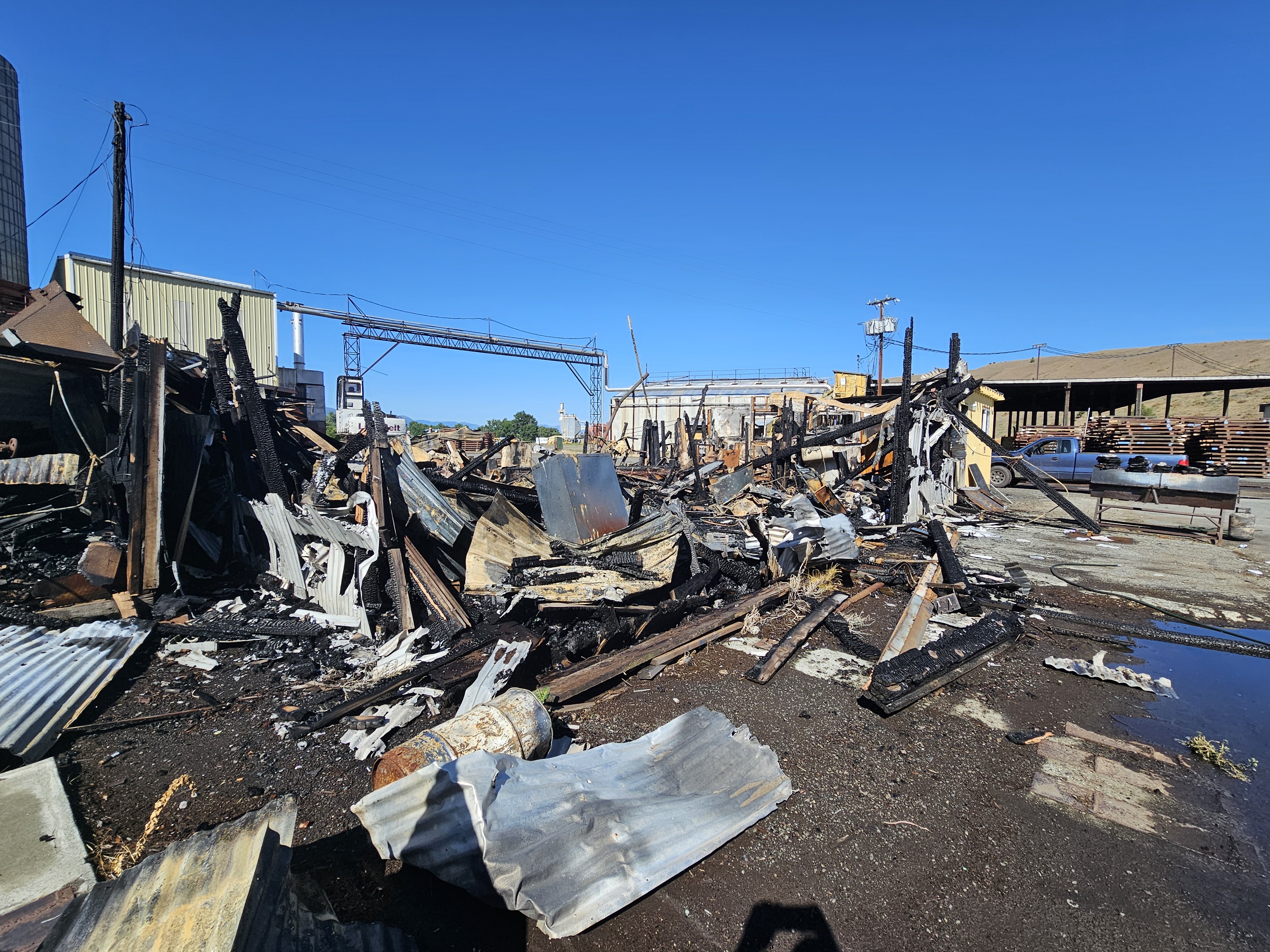Discovering a passion for functional art
Published 3:00 pm Monday, September 2, 2024

- Curt Thompson, of Pendleton, shows a 1095 high-carbon steel blade with Hawaiian koa handle that he made.
PENDLETON — Curt Thompson meddles with metal, crafting kitchen cutlery and hunting knives from scratch.
Trending
Back in high school, Thompson, the vice principal of Pendleton High School, first discovered his interest in metalwork by learning how to weld, which led him to jobs in metalwork and woodwork, building up the knowledge and skills he now uses to make knives.
He said he got into knife making because he wanted something one-of-a-kind that would perform better than what he could buy.
“What attracted me to custom knives is that a lot of production stuff you buy uses lesser quality material,” Thompson said, “and the manufacturing process is done at a very large scale, so it is more difficult to control the parameters of heat-treating, which is where you really dial in specific characteristics of a particular steel.”
Trending
About 32 years ago, Thompson purchased his first custom knife from Ed Desch of Bozeman, Montana, who he met through a friend of a friend.
Desch opened Thompson’s eyes to eventually making his own custom knives, but this did not come to fruition until eight years ago.
Thompson said he likes to hunt, fish, hike, camp and ski.
“I’m not good at sitting still,” he said. “I always have to be doing something, and so I needed, I wanted, a hobby that gave me an artistic outlet that would keep me at home and not away from my family.”
Seeing knife making as a possibility, Thompson started reading — his bible for all things knife making and metallurgy being “Knife Engineering: Steel, Heat Treating, and Geometry” by Larrin Thomas.
“One steel makes a really good ax but would make a terrible kitchen knife,” Thompson said, “so I look for steels that have the highest performance for a particular use.”
Thompson started as a bladesmith, and more specifically a bladesmith of high-carbon steels.
“A bladesmith,” he said, “focuses on forging, taking raw steel and heating it in a forge until it’s workable.”
But he soon became a knifemaker as well, which is “stock removal, taking a set thickness of steel and cutting out the profile of the blade and then shaping the edges with a mill or industrial grinding machine.”
High-carbon steels are “more forgiving and have a simpler heat-treating process,” Thompson said. Once the steel has reached temperature in the forge, it must be cooled in quenching oil, needing to drop hundreds of degrees in mere seconds to achieve a certain hardness.
Hardness refers to a blade’s resistance to wear and being able to maintain a sharp edge, but as a result, is more prone to breaking or chipping. Toughness, in contrast, is the resiliency and flexibility of the steel, meaning it is harder to break or chip, but it won’t retain a sharp edge for as long.
“Everything is a trade-off,” Thompson said. “The perfect formula is a balancing act between hardness and toughness, depending on the intended use, optimizing performance.”
The geometry of the blade and its thickness also are important factors.
“A filet knife needs to be thinner than a hunting knife for flexibility,” Thompson explained.
In addition to high-carbon, he also makes stainless-steel knives.
The problem with high-carbon, he said, is that it is “susceptible to corrosion, which isn’t necessarily bad if you take good care of your tools. Just don’t run them through the dishwasher, and actually I would say it is terrible for any knife to go through the dishwasher.”
Stainless steel, Thompson said, requires a precision kiln to heat treat, and when heat treating, the steel should not be exposed to oxygen to prevent decarburization. Liquid nitrogen is then used to super cool the steel to increase hardness, followed by a tempering process that stabilizes it.
Each steel has its own formula for heat treating to a specific hardness.
“It’s similar to following a recipe when cooking,” Thompson said.
Occasionally Thompson makes knives with Damascus steel, a type of high-carbon knife where different steels have been folded over each other and smashed together during the forging process, producing a pattern in the steel.
Another type of knife steel Thompson uses is san mai, which is high-carbon steel on the inside and stainless steel on the outside.
Beyond the steel blade of a knife, there also is the handle. Thompson uses natural, stabilized and synthetic woods, as well as bone and ivory. He has various sources and suppliers, but he even just “scrounges” around and collects his own materials.
Thompson equated his first knife ever to a prison shank.
“I tried pretty darn hard, too,” he said. “I gave it a good shot, but I am much better now.”
It is a learning experience like anything else, he said, such as playing a sport or a musical instrument.
Any knife that Thompson makes, he said, can take anywhere from 10 to 20 hours.
“The thing with knife work, is that there are very few people who can say they’re perfect,” he said. “You can always be better. Everything I do, I can find a flaw somewhere. It’s a constant quest, which really motivates me. And by doing this, I am producing something that will outlive me.”
Even in conversations with master smiths, Thompson said, they still pick apart their own work, looking for opportunities to learn and grow in the art of knife making.









